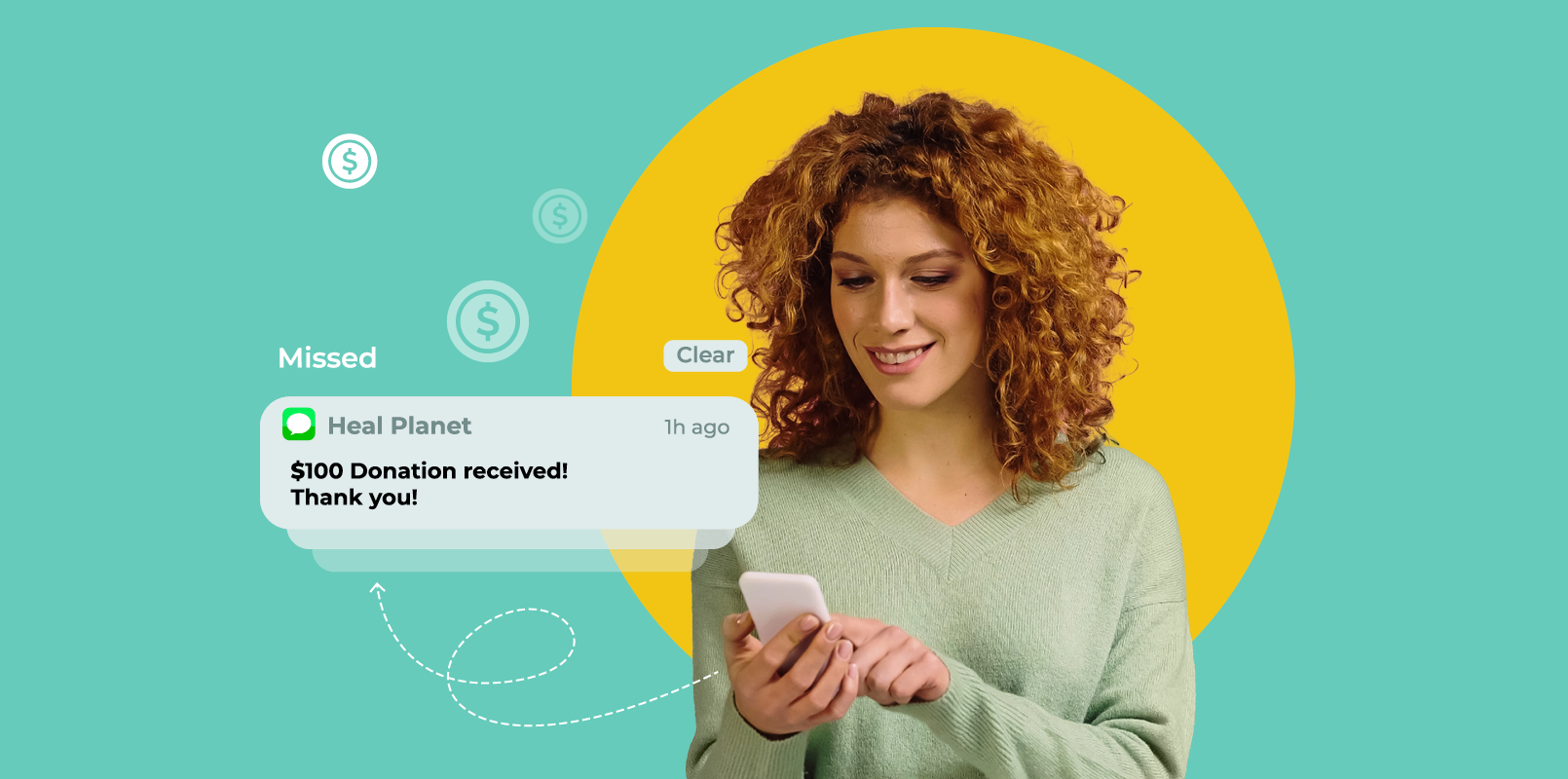Simplify Online Fundraising with These 4 Free Tools

For new nonprofits, advocacy groups, and other small fundraising teams, raising money online can feel like a major challenge. Your peers say you need a whole set of expensive software solutions to reach donors, while your budget barely covers staff pay. You may start to rely on free generative AI tools like ChatGPT and wonder what else is available to help your organization get on its feet at no cost.
Fortunately, you’ve got options! In this post, we’ll share four types of free fundraising platforms designed to simplify your team’s work without straining your budget.
1. Free Crowdfunding Pages
If you’re new to fundraising, this should be the first tool you try. Crowdfunding sites like GoFundMe and Kickstarter allow anyone to start a basic online fundraiser for free. All you have to do is sign up—in a few minutes, you can create a fundraising page to start collecting donations.
Customizable crowdfunding pages typically include:
- A personalized fundraiser name and photo.
- Description of your organization and why you’re raising money.
- Your fundraising goal and real-time progress toward it.
- Optional updates from your team throughout the fundraiser.
- Basic donation form with the option to tip the platform.
Crowdfunding is one of the simplest forms of online fundraising. Whether you use this tool to launch one-off crowdfunding campaigns or act as a temporary donation page until you have the budget to build out a full website, it’s an easy way to raise funds with no hassle.
Note: While these tools are free to use, be mindful that most charge a small transaction fee per donation, such as 2.9%. This means if a donor gives $100, you’ll receive $97.10.
2. Free Product Fundraising Apps
Product fundraisers have universal appeal since donors get something in return for their generosity, but they’re often hard to run for small groups. Traditionally, you would partner with a product fundraising provider, go door-to-door with paper order forms, collect cash, and coordinate item delivery.
Nowadays, there’s an easier way. You can use product fundraising apps to easily run 100% online campaigns, whether you want to sell popcorn, cookie dough, branded merchandise, or more. Get started for free and receive a percentage of the sales revenue in your organization’s bank account. Some app providers even handle delivery for you!
For example, Team Butter explains that you can run a cookie dough fundraiser on their app in just a few steps:
- Sign up and create a fundraiser using the app. Choose which product to sell and add basic information about why you’re raising money.
- Share the fundraiser with your group and have participants create individual fundraising pages. If different team members or volunteers will be selling products on your organization’s behalf, they should each have their own page or online store. Have them add their personal fundraising goal and story to make the page their own.
- Participants share their fundraising pages with supporters. Additionally, share the link to your page via text message, email, social media, or any other channel. Supporters can browse products and place orders at any time.
- Products ship directly to supporters, and you get paid! When your fundraiser ends, your work is done. Supporters get products shipped to their doors, and your organization receives its portion of the profits.
Most often, groups turn product sales into peer-to-peer fundraisers that leverage the power of their community’s personal networks. The right product fundraising app simplifies the process for donors and volunteers.
3. Free Project Management Tools
Sometimes, all it takes to streamline your fundraising is team communication. With free project management tools like Asana or Trello, everyone on your team can create organized task lists and project workflows, then update them in real time to keep work on track.
These tools clarify team member responsibilities and facilitate collaboration, paving the way for more organized, successful fundraising efforts. You can use them for any type of project—assign tasks for generating fundraiser ideas, drafting and sending appeals, following up with donors, etc.
Plus, most free project management tools are fully web-based, so team members can access their tasks from anywhere. This makes it easier for busy, volunteer-led teams to thrive, no matter where they are.
4. “Free” Basic CRMs
Constituent relationship management (CRM) software, also known as a donor database, helps your nonprofit store and manage information about supporters. When this data is easily accessible, you can improve fundraising outreach, track event attendance, and build lasting donor relationships.
Most CRMs are complex solutions with a monthly or annual cost (sometimes per user license) that can take up a large chunk of your budget. If you’re looking for a powerful CRM that you can customize to fit your nonprofit’s unique needs, you’ll have to spend money to purchase, implement, and customize it.
If you only need the basics, however, providers like Givebutter offer “free” databases you can consider. We say “free” here because these solutions come with a few major caveats:
-
- Fees are often passed on to donors. Instead of charging your nonprofit a processing fee, many free platforms ask your donors to pay it. You may be required to turn on “donor tipping” and ask supporters to pay additional fees when they give.
- There may be hidden costs. Large-scale CRMs like Salesforce offer a few free user licenses to nonprofits. However, once you get started, you might run into charges for implementation, consulting, and platform customization.
- Lack of features may cause you to spend more. The limited functionality of free CRMs might lead you to invest in several additional solutions, ultimately increasing costs. Or, your system might push you to upgrade to its paid version to access crucial features like automation.
Whether a free system is worth these cons ultimately depends on your organization. Here’s what the experts at Bloomerang say about the potential drawbacks of free CRMs:
“When it comes to free fundraising software, you often get what you pay for. That means you likely won’t see the results—increased fundraising revenue, increased donor retention rate, increased average gift size—that you would likely see when using a paid solution. Plus, these free solutions can often limit your ability to fundraise effectively, costing you even more money than what you’d spend to invest in a paid fundraising software solution.”
That said, some nonprofits just can’t justify spending the time and money it takes to implement a large-scale database. If your organization is just starting out or simply wants to move beyond spreadsheets, a basic CRM could be a great way to scale up your fundraising efforts.
Each of these tools comes with pros and cons, but they can make a major difference in your nonprofit’s fundraising potential without cutting into your budget. As you evaluate your options, make sure to check provider websites and online reviews to determine which free tools are the best fit for your needs.



